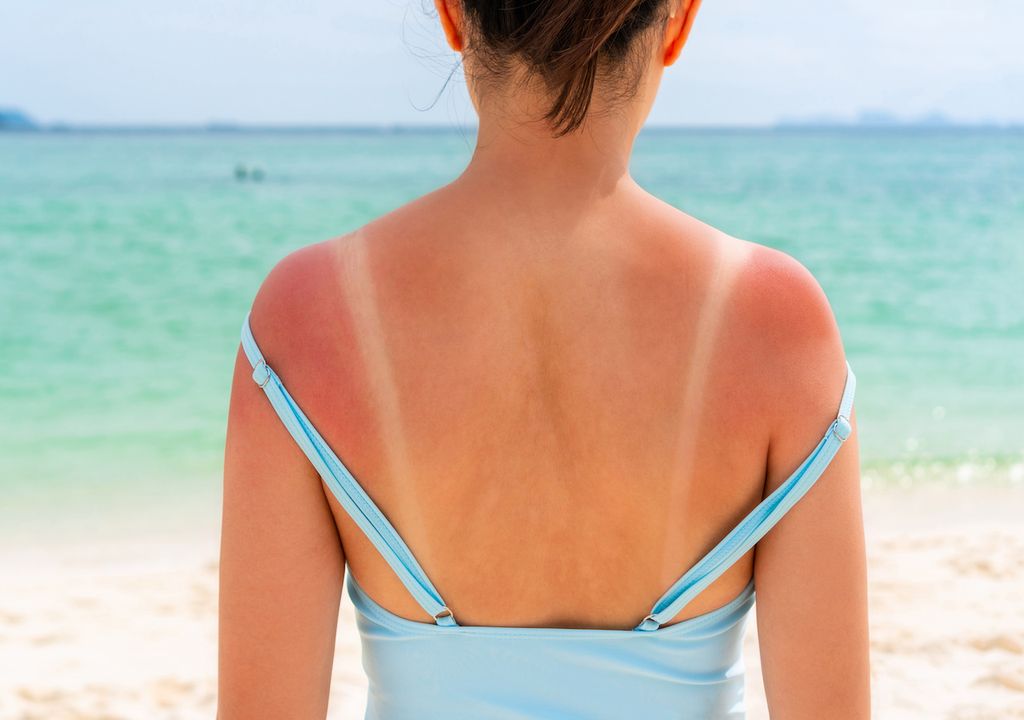At what time is sunbathing more beneficial and what is the recommended exposure time?
Multiple studies highlight the benefits of sunbathing, such as that it strengthens the bones, keeps tension at bay, regulates your biorhythms or even activates the defenses. But not doing it in the right measure can have serious consequences.

They say that the sun feeds us and that taking it with measure brings us benefits, mainly for its vitamin D. It only takes about 15 minutes a day to guarantee the correct synthesis of this substance, since on average, an adult needs 400-600 IU of vitamin D.
The theory seems simple and easy to apply, but the reality is that few people follow this recommendation to the letter. Especially, and how could it be otherwise, in summer, when the days at the beach or pool are endless and, what should be a slight contact with the sun, ends up becoming hours of exposure, with the dangers that this entails.
However, if you are one of those who ignores advice and prefers to wear a tan at any price, it doesn't hurt to know what the best times to sunbathe are without posing a danger to your skin.
June, July and August, the worst months in terms of solar radiation
First of all, you have to take into account the "worst" months when it comes to solar danger. There are three: June, July and August, when the movement of the Earth makes the incidence of the sun much more direct in Spain. Here are some recommendations for the summer term.
It is essential to apply sunscreen cream at any time
Therefore, whether we have the most solar radiation or not, we should never expose ourselves to the sun without having used sunscreen with high protection. And of course, we must apply the cream generously and spread it all over the body, remembering to apply it again every two hours.
Avoid sunbathing in the middle of the day
Secondly, we must pay close attention to the time. The ideal is to sunbathe in the early hours of the day until approximately noon, and in the afternoon, from 5:00 p.m. to sunset. It is precisely at those times when the sun's rays strike perpendicularly, and therefore they are less dangerous.

On the other hand, from noon until 5:00 p.m. is when solar radiation is highest and there is a greater risk of skin lesions, sunburn or more serious diseases.
On cloudy days, the incidence of sun rays should not be underestimated.
Remember that cloudy days do not prevent the passage of the sun's rays. Although it depends on the inclination of the sun, the height above sea level and the density of the clouds, we must be properly protected with cream with a high protection factor on days like this.
A good option is to alternate sun and water baths.
In case of being prolonged in the sun, do not forget to alternate the exposure to the sun with the baths, since the sea water or pool helps to moisturize our skin and lower body temperature in a short time.
The sun is a source of life, but it is also a danger.
What we have to be clear about is that, despite the benefits of the sun, if we take it too much it can cause premature aging, sun floods, eye damage and the dreaded skin cancer.

Melanoma is the most dangerous type of cancer that exists, and one of the first causes is excessive exposure to the sun, so you must always be alert to any mole or spot that appears. If it changes shape or is a wound that does not heal, you should go to the doctor immediately.
Be that as it may, to avoid any damage, experts recommend not to exceed the hour of continuous sun exposure per day.



